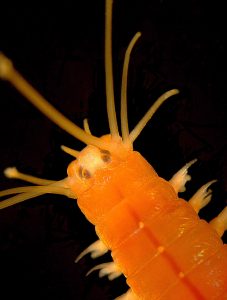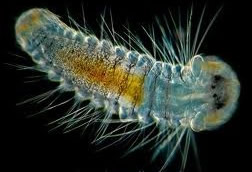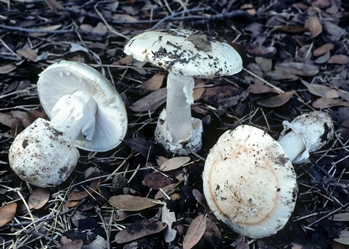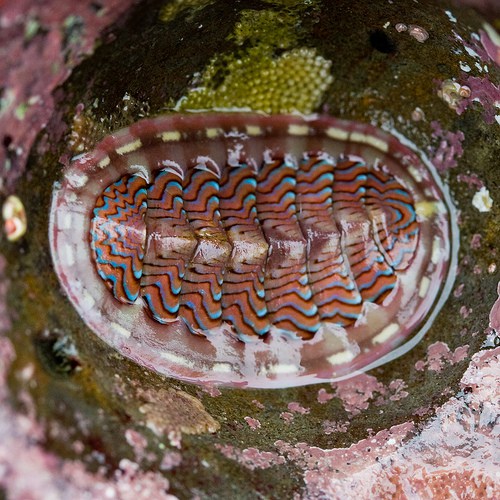Instructions
Final Assignment Due July 18, 2019
Download or print the Fungi and Invertebrates Worksheet
Use information you collected in lab, links provided below, and from the Fungi and Animal Invertebrate Basic Characteristics links information in Lab Unit 7 to answer these questions. This assignment is worth 20 points.
[threecolumn col1=”%3Ca%20href%3D%22http%3A%2F%2Fwww.ucmp.berkeley.edu%2Ffungi%2Ffungi.html%22%3EIntroduction%20to%20Fungi%3C%2Fa%3E%0A%3Ca%20href%3D%22http%3A%2F%2Fcomenius.susqu.edu%2Fbiol%2F202%2Ffungi%2Fbasidiomycota%2F%22%3EBasidiomycetes%3C%2Fa%3E%0A%3Ca%20href%3D%22http%3A%2F%2Fwww.zygomycetes.org%2Findex.php%22%3EZygomycetes%3C%2Fa%3E%0A%3Ca%20href%3D%22http%3A%2F%2Ftolweb.org%2FAscomycota%22%3EAscomycetes%3C%2Fa%3E” col2=”%3Ca%20href%3D%22https%3A%2F%2Fwww.namyco.org%2Fmushroom_poisoning_syndromes.php%2F%22%3EFungal%20Poisoning%3C%2Fa%3E%0A%3Ca%20href%3D%22http%3A%2F%2Fwww.botany.hawaii.edu%2Ffaculty%2Fwong%2FBOT135%2FLect16.htm%22%3EFood%20Processing%3C%2Fa%3E%0A%3Ca%20href%3D%22https%3A%2F%2Fwordpress-projects.wolfware.ncsu.edu%2Fbio-181l-zchxzbn%2Fwp-content%2Fuploads%2Fsites%2F75%2F2018%2F11%2FDisclaimer_The-Microbial-Pharmacy-FDA-Approved-Medicines-From-Fungi-Mycosynthetix.com-1.pdf%22%3EFungal%20Drugs%3C%2Fa%3E%0A%3Ca%20href%3D%22https%3A%2F%2Fherbarium.usu.edu%2Ffun-with-fungi%2Flichens%22%3ELichens%3C%2Fa%3E” col3=”%3Ca%20href%3D%22http%3A%2F%2Fwww.ucmp.berkeley.edu%2Fprotista%2Fslimemolds.html%22%3ESlime%20Molds%3C%2Fa%3E%0A%3Ca%20href%3D%22http%3A%2F%2Fanimaldiversity.org%2Faccounts%2FInsecta%2F%22%3EDiversity%20of%20Insects%3C%2Fa%3E%0A%3Ca%20href%3D%22http%3A%2F%2Foceanservice.noaa.gov%2Feducation%2Fkits%2Fcorals%2Fcoral01_intro.html%22%3ECorals%3C%2Fa%3E%0A%3Ca%20href%3D%22http%3A%2F%2Fanimaldiversity.org%2Faccounts%2FArthropoda%2Fclassification%22%3EArthropods%3C%2Fa%3E” ratio=”third-third-third” /]
Question 1
Below is an image of the Death Angel or Destroying Angel mushroom (Amanita ocreata). While it looks similar to some other edible wild mushrooms, it is quite deadly to eat.
a. Name the phylum where you would place this organism. (0.5 pt)
b. Upon what characteristic can you see here to base your decision? (0.5 pt)
c. What toxin does this mushroom contain and how does this toxin ultimately kill those who eat it? (1 pt)
Question 2
While the first antibiotic was made from the fungus Penicillium, many other drugs have been isolated from other fungi. Name one species (give the full scientific name –written properly) of fungi that produces Ergotamine. (0.5 pt each)
a. Scientific name:
b. When might Ergotamine be prescribed?
Question 3
When making brie or camembert cheese, the initial cheese curd is packed into molds, washed, salted, and then inoculated with a fungus. The fungus will impart flavor as it further digests the young cheese and forms the rind of the cheese. Name one species of fungi (give the full scientific name –written properly) that is used in making brie. In which phylum does it belong? (0.5 pt each)
a. Scientific Name:
b. Phylum:
Question 4
What are mycorrhizae? Why are they important? (1 pt each)
Question 5
Although lichens and slime molds are not true fungi, we often study them along with fungal groups. What characteristics of these groups align them with Fungi? (1 pt each)
a. Lichens:
b. Slime molds:
Question 6
a. Why are Corals found primarily in clear low nutrient and low turbidity waters? (1 pt)
b. What specialized cells do Cnidarians have to help them capture their prey? (1 pt)
Question 7
a. What defining characteristic do the organisms below share with the Phylum Arthropoda? (1 pt)
b. How do you know these organisms do not belong with the Arthropoda? (1 pt)
c. To what Phylum do they belong? (1 pt)


Question 8
Sea Cucumbers do not look much like the other organisms in their phylum. To what phylum do they belong? Name one reason why they are placed in this phylum? (0.5 pt each)
Question 9
Your textbook divides the phylum Arthropoda into 4 major Classes: Chelicerata, Crustasea, Hexapoda and Myriapoda. (1 pt each)
a. Which Class is mostly aquatic, was represented on the Arthropod table in the Fungi/Invert lab, and were abundant in many of your plankton samples in the Aquatics Communities Lab?
b. Give one example from this Class of Arthropoda.
c. Describe one major characteristic that distinguishes this Class from the other three Classes?
Question 10
The organism pictured below belongs to the phylum Mollusca. (1 pt each)
a. To which class of Mollusca does this animal belong?
b. Without any obvious limbs, how does this organism move?
c. If this organism did not have 8 shell-like plates on its back/dorsal side, but instead lives within 2 symmetrical exoskeletons, in which Class of Mollusc would you now place it?

